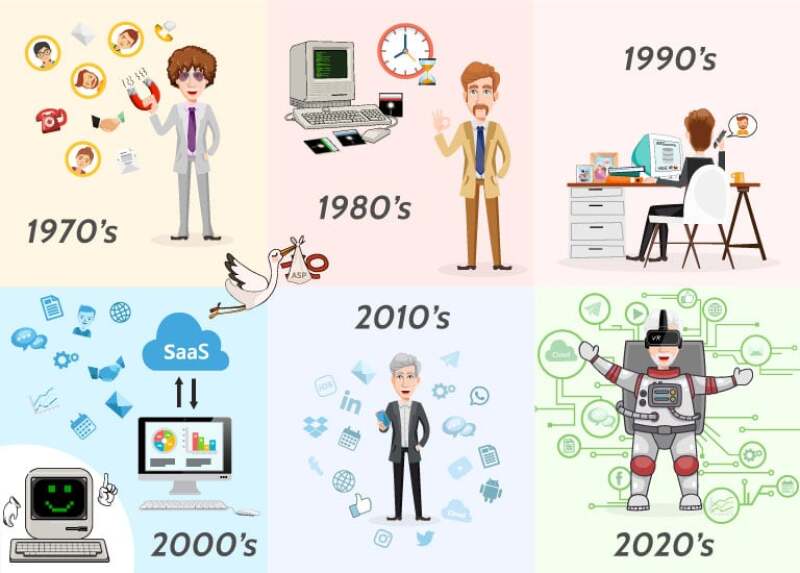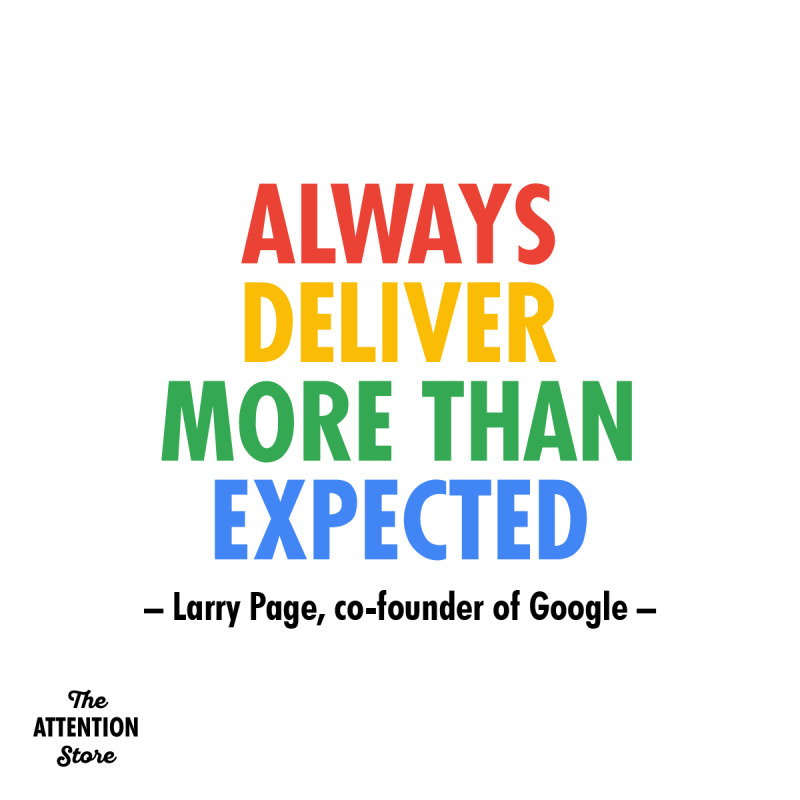Practical AI tips and tools to help SMEs grow
No vague theories, but directly applicable tips and tools for growth and efficiency improvements.

On 28/03/25 at Supernova, I heard top entrepreneur Jürgen Ingels answer the question:
“What would you do differently in a new company than you did before?"
He replied:
“Instead of trying to scale a company to 100 people, I would keep the 10 best people and the back office should be fully automated.” + very customer focussed
Before scaling your business, it's essential to ensure your internal operations are built to handle growth. Many SMEs want to grow but end up burning out, losing leads or frustrating their teams because of inefficient systems.
We’ve worked with dozens of SMEs, and one thing is clear: clarity beats complexity.
Our digital growth framework is simple:
Audit your current setup
Map your stakeholders / ideal customer journey
Identify bottlenecks
Automate and build smarter workflows
Track what matters
We don’t just throw tech at problems.
We solve them with you.
It's time to digitize!
If you're an SME owner wondering how to stimulate growth and become more cost-efficient, here are 10 things you need to address to make progress:
You or your team is drowning in spreadsheets or emails
You or your team repeat the same tasks manually
Customer data is scattered across different platforms
You or your team rely on outdated software
You or your team spend more time on admin than growth
You’ve outgrown your current systems
Customers expect more than you can deliver
You can’t track performance or ROI easily, no automated reports available
Team collaboration is clunky or disorganized, you don't really know what everyone is doing
You know there’s a better way, but don’t know where to start
Recognize yourself in any of these? You’re not alone, and the good news is that digital transformation doesn’t have to be complex or expensive. Start small, but start smart.
AI should
Optimize day to day operations
Help people do more in less time
make preparations so humans can do checks and approvals
You or your team is drowning in spreadsheets and/or emails, collaboration is clunky or disorganized, you don't really know what everyone is doing
Growth slows when teams are misaligned or duplicate work. If collaboration is scattered across emails, chats and documents, consider using centralized tools. When everyone’s on the same page, execution becomes faster and clearer.
It often goes wrong, resulting in lost information, duplicated effort and delayed decisions when relying on endless
spreadsheets: fiddling with formulas, difficult to collaborate with different stakeholders
long email threads
=> These tools weren’t built for scale and not to use as a team.
Instead, reduce friction and centralize data, content and communication with a modern
CRM
Project management / documentation platform
Central content publishing platform
You or your team repeat the same tasks manually, more admin than growth
Manual work can eat up valuable hours, some examples:
sending invoices
payment reminders
scheduling an appointment
updating CRM contacts
Automating these repetitive processes not only saves time but also reduces errors. You can use tools like n8n or native app automations to create automated workflows and eliminate this kind of valuable human work time.
You or your team spend more time on admin than growth
When admin eats into time that could be spent selling, innovating, or serving clients, it’s a red flag. Identify the most time-consuming tasks and ask: can this be simplified, delegated, or automated? Admin shouldn’t be the default job description for your leadership team.
Customer data is scattered across different platforms
When your sales, marketing, and support data live in different systems (even worse in emails and spreadsheets) that don’t talk to each other, not only your internal efficiency suffers but also your customer experience suffers. Integrating these platforms or using a unified system ensures your team has a complete, real-time 360 picture of every customer and his data and communication.
Start to audit & map your data sources (Tip: do that with the handy tool Miro to make it very visual)
Where is your data stored? (Google Sheets, Notion, CRM, invoicing software, email, cloud storage)
What kind of data is it? (customer info, financials, projects, analytics, etc.)
Who uses it and how often?
Choose your “source of truth”: where most data lives or gets pulled into (CRM)
Connect your platforms with integrations, automations and AI “glue” (Zapier, Make, n8n)
You can’t track performance or ROI easily, no automated reports available
Making decisions without data is like flying blind. If you’re not tracking KPIs or ROI consistently, it's time to set up automated reporting systems whether through your CRM, accounting tools, or stand-alone dashboards. Data should flow automatically into those systems and should be easy to act on.
When you solved the problem of the scattered data across different platforms, you can now consolidate data for insights and reporting (CRM, Google Looker Studio)
Customers expect more than you can deliver
If you're getting more inquiries, larger deals, or more complex requests but your team is maxed out, that’s a sign of growth readiness and risk. Meeting higher expectations means rethinking your delivery, onboarding, and support with digital solutions that scale without more headcount.
Example:
Incoming support questions by email:
Mail automation flows and sequences
You know there’s a better way, but don’t know where to start
Many SME leaders feel the chaos but don’t have the time or clarity to fix it. That’s where working with a partner like sevendays.be can help.
We analyze your operations
Identify high-impact improvements
Implement the right mix of digital solutions and AI to unlock growth without the overwhelm.
Growth isn’t just about getting more leads it’s about building a business that can handle them.
If even a few of these points sound familiar, it might be time to step back and prepare your foundation.
The right systems will make growth feel smooth, not stressful.







